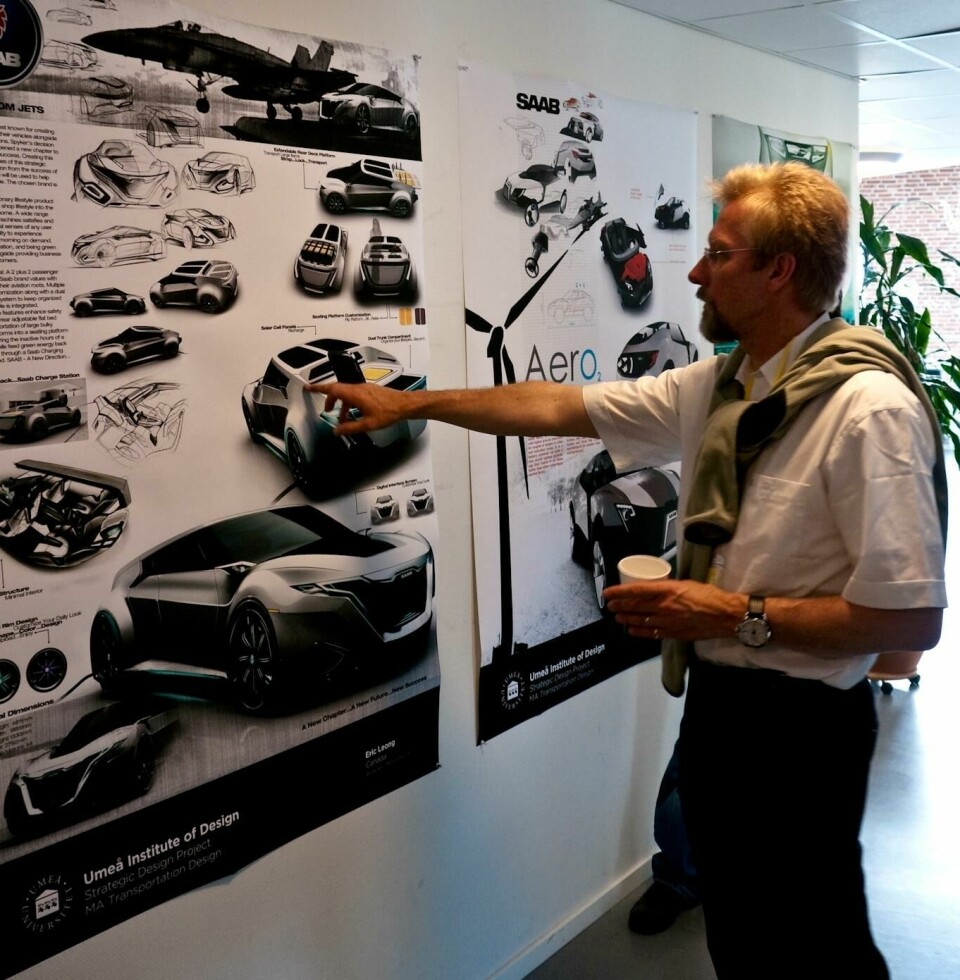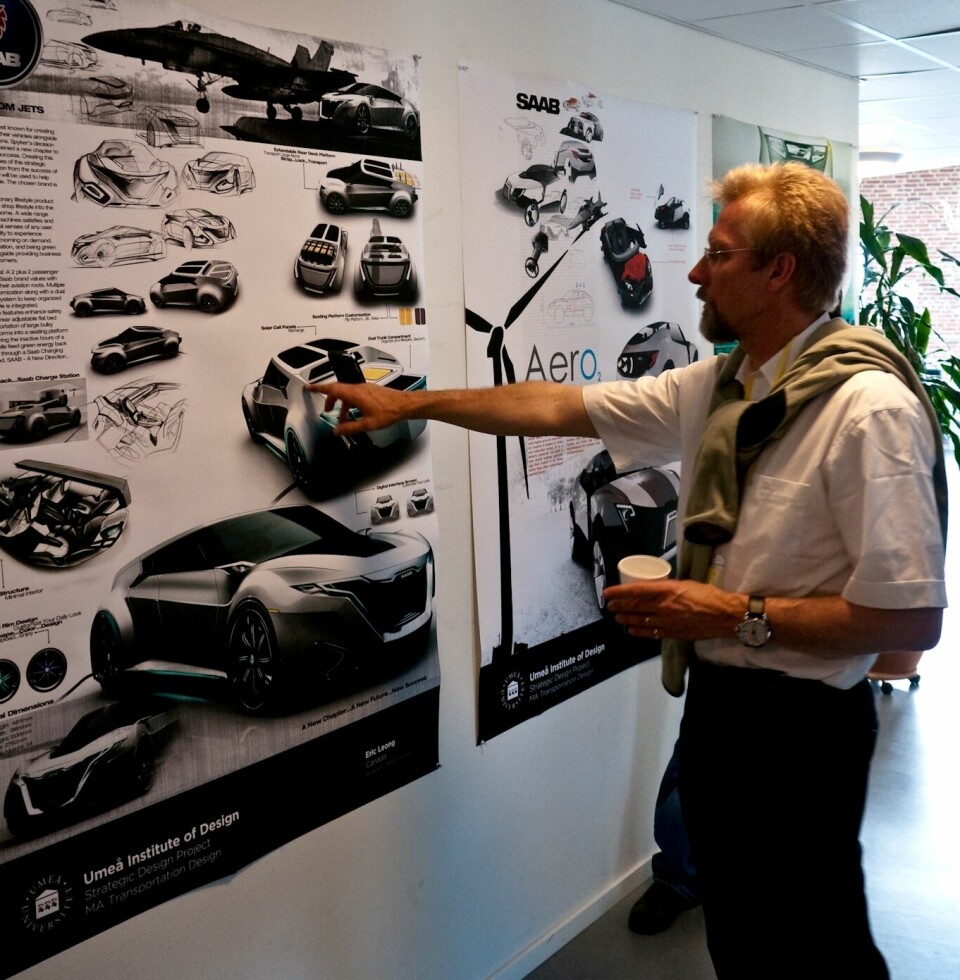
Chris Bangle: The future of auto design; the purpose of life
As part of the recent graduation exhibition at Umea Institute of Design, Chris Bangle was invited to give the keynote address. Given that the theme for the event was change, it’s difficult to think of a speaker better qualified to pass on their insights to a new generation of designers
To take a superficial view of Bangle’s career is to remember him as the man who made BMWs desperately cool objets d’avant garde. Or alternately, if you’re an automotive design traditionalist, maniacally ill-formed beasts. However, to do so is to ignore the greater depth of his achievement.
In bringing about a fundamental change in BMW’s approach to design and by making design strategy a core component of the company’s development process, he transformed a conservative monolith into a brand that not only sparked renewed critical debate about automotive design but also achieved great commercial success in the process.
It was to this topic, transformation - cultural, physical, emotional and political - that Bangle spoke with passion, a touch of frustration and even a little of the playful bravura that irritated so many in his days as BMW’s design director.
Over a flowing 50 minutes, Bangle wove old projects together with explorations of work he has completed since leaving BMW, like PiNk! - conducted in collaboration with the SENSEable City lab at MIT in 2009.
Echoing earlier MIT work that developed the concept of the Internet of Things, Bangle and his partners envisioned a world in which every object is embedded with meta-data and can communicate with other nearby objects, enable real-time physical adaptation to purpose. In a typical Bangle moment, he also announced that the PiNk! team had managed to resolve the purpose of life (which, if you’re wondering, is to “oppose entropy”).
This pronouncement drew a knowing chuckle from the audience, but coming from Bangle’s mouth, it also allowed some insight into his design thinking and, perhaps, why he decided to leave the automotive industry at large.
The opposition of entropy or, more plainly, fighting a gradual decline into disorder, is something that the inertia of the automotive industry renders almost unimaginably punishing to both mind and soul. Yet for what many consider to be an all-too brief period, Bangle truly achieved this in his research work at BMW.
The GINA project, born out of a brief to BMW’s non-automotive designers to imagine their ideal car, was the starting point for a series of design studies that looked at reducing the immense environmental impact of producing vehicles, the foremost factor driving entropy in the automotive industry. The projects also set out to address another entropic factor: the decline in the emotional resonance of the car, something that in many eyes, including Bangle’s, has simply been reduced to the veneer of ‘brand’.
In the 10 years following GINA’s completion in 1999, Bangle and his team came up with numerous ideas for re-imagining automotive surfacing. The aim was to not only find a balance between aesthetics and sustainability, but to also put an end to what Bangle derisively refers to as the “fetishism of perfect surfacing”, letting automotive form speak honestly - characterfully - of its purpose, eliciting stronger emotional responses as a consequence.
Collectively named ‘susthetics’ within BMW, the solutions proposed are as radical as they are visually engaging. From building a surface based on a fractal - in doing so building structure into it and facilitating mass reduction - to openly, aesthetically acknowledging the soft-front-hard-back nature of optimal aerodynamic forms, nothing was off limits. Some of these ideas came to light in the projects of students that interned at BMW, such as Anne Forschner’s Lovos (Pforzheim, 2009), and some we have been permitted to publish here. Yet even without seeing the full gamut of the Bangle-led explorations, one thing became clear during his talk: we ain’t seen nothing yet and we possibly never will.
















